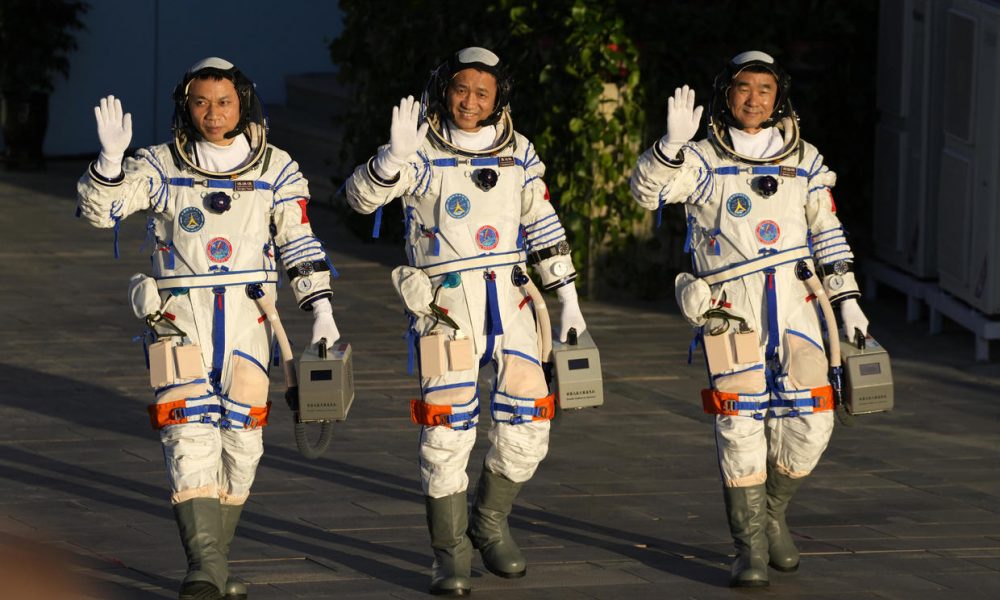The Shenzhou-12 mission to the new Chinese space station brings three astronauts into orbit.
What We Know:
- The rocket, Long March-2F, made its 15th flight on Thursday at the Jiuquan Satellite Launch Center, sending the Shenzhou spacecraft and astronauts into orbit. Nine minutes and forty seconds after liftoff, the rocket separated from Shenzhou.
- China’s previous six Shenzhou missions ran from 2003 to 2016, none of which contained astronauts. Thursday’s blastoff is Shenzhou’s seventh piloted mission set for three months in space.
- The core space module, named Heavenly Harmony, launched on April 29th. This module received supplies and equipment from an unpiloted cargo ship at the end of May. Astronauts Nie Haisheng, Liu Boming, and Tang Hongbo plan to arrange the module for living, then run diagnostic tests on technology and experiment. Experimentation with solar panels has proven successful so far, with solar panels unfolding functionally and providing power to the space station.
- The Chinese Space Station is distinct from International Space Station built by the United States, Russia, Japan, Canada, and the European Space Agency. Although smaller, it shares similar objectives: international research and technological development. China is excluded from the International Space Station due to the 2011 Department of Defense and Full-Year Continuing Appropriations Act. This act set rules and funding for defense and other U.S. government agencies for the year and following years. In section 1340 of the act, it states that NASA cannot use division funds to collaborate with China unless a specific law permits it.
- The hub of the Chinese Space Station, called Tianhe, contains crew quarters, communication systems, life support technology, an airlock, and spacecraft control panels. If the Shenzhou-12 mission is a success, China plans to send two more docking modules later this year to complete the space station.
- Ji Qiming, assistant director of the China Manned Space Agency, explained intentions of sharing space as a forum for exploration. “Outer space is the commonwealth of people all over the world, and exploring the universe is the shared cause of all mankind…We are willing to carry out international cooperation and exchanges with all countries and regions worldwide that are committed to the peaceful use of outer space.”
Successfully executing the fully automated Shenzhou-12 mission tests technology, programming, and ultimately, science.


